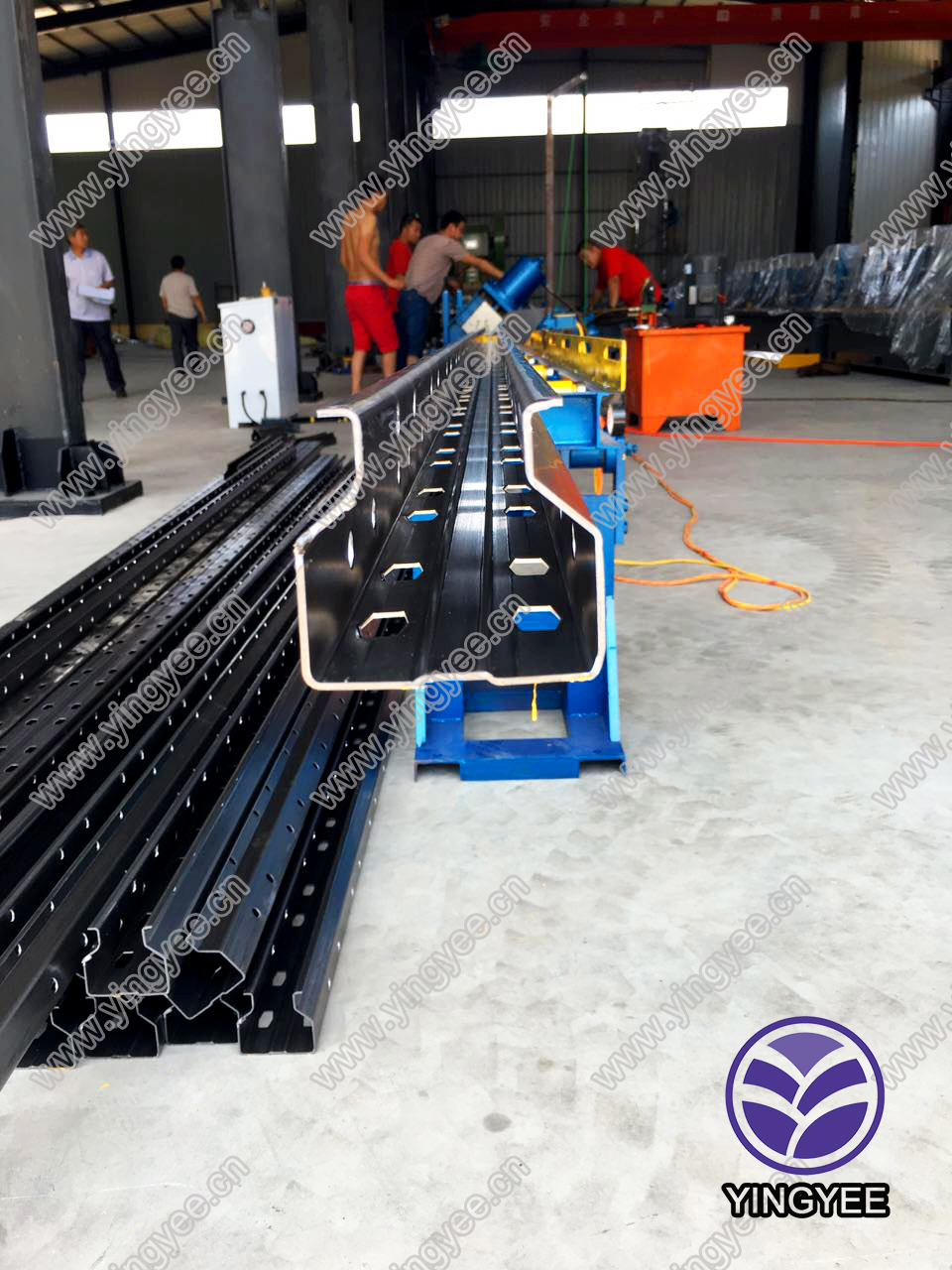
Understanding AASHTO Guardrail Cold Bending Machines
The necessity for road safety has never been more paramount as the volume of vehicular traffic continues to escalate globally. One of the critical components in ensuring the safety of highways is the guardrail, designed to prevent vehicles from veering off the road and mitigate the impact of collisions. The American Association of State Highway and Transportation Officials (AASHTO) establishes standards that govern the construction and installation of these safety barriers. Among the crucial equipment for fabricating guardrails is the cold bending machine, which plays an essential role in shaping the rail elements to meet these stringent standards.
The Importance of Guardrails
Guardrails serve as a protective barrier alongside roadways, primarily designed to redirect vehicles away from hazards. They are critical in preventing serious accidents, especially in high-speed environments. Proper installation and shaping of guardrails are vital, as poorly designed or incorrectly placed guardrails could lead to fatal accidents. This underscores the importance of adhering to AASHTO standards during the production of guardrails, where specifications dictate not only the materials used but also the fabrication processes.
What is a Cold Bending Machine?
A cold bending machine is a specialized piece of equipment used to bend and shape metal without the application of heat. This method preserves the integrity of the metal’s properties, ensuring strength and durability in the finished product. In the context of guardrail production, cold bending machines allow manufacturers to create the precise angles and curves needed for guardrails to fit specific roadway designs and safety standards set by AASHTO.
The functionality of cold bending machines is particularly advantageous in producing guardrails that can withstand various external forces such as impact from vehicles, wind pressure, and other environmental elements. By utilizing cold bending, manufacturers can create components that not only comply with safety regulations but also exhibit longevity.

Advantages of Using Cold Bending Machines for Guardrails
1. Quality Control Cold bending machines enable manufacturers to achieve high precision in shaping guardrails. This precision ensures that each piece meets AASHTO specifications, minimizing the risk of variations that could compromise safety.
2. Material Savings By bending metal at room temperature, manufacturers can avoid the costly processes associated with heating and cooling metal. This efficiency translates into cost savings and less waste material during production.
3. Speed of Production Cold bending machines facilitate rapid production cycles, allowing manufacturers to produce large quantities of guardrail components in a shorter timeframe. This increased efficiency can help meet the demands of large-scale projects where timely completion is crucial.
4. Versatility These machines can be adjusted to produce various shapes and sizes of guardrails, making them suitable for different applications and types of road systems. The ability to customize designs based on specific requirements adds tremendous value to the manufacturing process.
Conclusion
The role of cold bending machines in the manufacturing of AASHTO-compliant guardrails is pivotal to enhancing road safety. By ensuring that guardrails are both effective and durable, manufacturers can contribute significantly to reducing accident rates on highways. As traffic continues to grow, so too will the demand for high-quality guardrail systems. Adhering to AASHTO guidelines and utilizing advanced technology such as cold bending machines will be essential in rising to meet these challenges, ultimately saving lives and enhancing the overall safety of our roadways.